Zanskar Valley: Land of Frozen Rivers and Fiery Sunsets
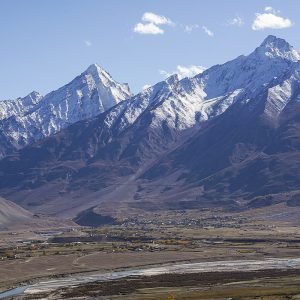

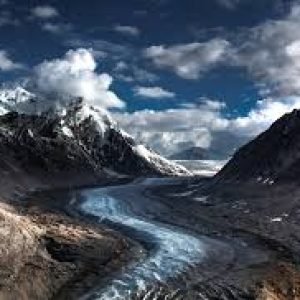


Table of Contents
Toggle1. Introduction
Zanskar Valley is situated in the northern part of India and falls under the greater region of Ladakh. Geographically, it is a high-altitude desert valley with rugged topography and ancient monasteries, has uncontaminated natural beauty. The valley, bathed by the Zanskar Range northwards and bounded southwards by the Great Himalayas, is one of the remotest and the least accessible sub-regions in India.
2. Geography
2.1 Location and Boundaries
The Zanskar Valley lies between 32° 55′ and 33° 35′ North latitude and between 76° 10′ and 77° 10′ East longitude. To the west lies the Ladakh region, and the southern parts are formed by the Lahaul-Spiti region of Himachal Pradesh. The area is between 3,500 meters and 11,500 feet above sea level in average altitude.
2.2 Relief
It also comprises a dramatic landscape-a bundle of towering mountains combined with deep gorges and wide river valleys. A huge tributary to the Indus River, the Zanskar River flows through the valley and thus provides essential water supply to the region. The bed of the river is mostly dry, with the seasonal glacial melt supplementing its water.
The topography is generally rugged, with steep slopes and rocky outcrops. This region experiences extreme temperatures, which include very harsh winters, sometimes plunging as low as -30°C (-22°F) or lower. Summer months are mild, between 10°C to 20°C (50°F to 68°F).
2.3 Climate
It comprises a cold desert sort of climate, with heavy snowfall during winter and relatively dry conditions throughout the year. The rainfall is very negligible in the region and adds to its arid conditions. The summer months starting from June to September are the best months to visit the place, as during this time the weather is pretty pleasant and most of the high-altitude passes are open.
3. History
3.1 Early History
Historical Background: The Zanskar region is steeped in history, its culture being influenced over the years by the many different cultures and empires. Originally, the valley was inhabited by a combination of people displaying elements of both Tibetan and Indian cultures. Ancient texts and inscriptions indicate that at one time, Zanskar was part of the Tibetan kingdom of Ladakh.
3.2 Buddhist Influence
Buddhism has deeply influenced Zanskar’s culture and history. The beginning of the history of Buddhism in this region is attributed to the 8th century, when Padmasambhava-an important figure in Tibetan Buddhism-visited the area. Later, it was influenced by the Tibetan Lamaist tradition; several monasteries were built in the region and have survived to date.
3.3 Modern History
In the 19th century, Zanskar came under the influence of the Dogra dynasty that was the ruler of Jammu and Kashmir. During the mid-20th-century political upheavals, Zanskar was integrated into the Indian state of Jammu and Kashmir. Despite the political changes in the region, the valley has preserved most of the traditional culture and way of life of its residents.
4. Culture and Society
4.1 Ethnic Groups
The primary residents of Zanskar are the Zanskaris, an ethnic group from Tibet who have distinct cultural practices. They speak Zanskari, a language from the Tibetic group, and follow the religion of Tibetan Buddhism. Other ethnic groups in the valley include Ladakhis and a few people of Tibetan origin.
4.2 Religion and Monasteries
Buddhism is the predominant religion in Zanskar, with a number of important monasteries dotted all over the valley. These gompas represent not only religious and cultural activity but also act as a symbol of timeless beauty. Some of the famous monasteries include:
Stongdey Monastery: One of the biggest in Zanskar, it is known for its beautiful frescoes and historical artifacts.
Phugtal Monastery: Most famous among all the monasteries, this sits in a remote cave and has a very serene environment.
The Zangla Monastery is based at the village of Zangla and is famous for its conventional architecture and vibrant festivals. The monastery also hosts various festivals; however, most of them celebrate events based on the Buddhist calendar. These are religious events that involve various ceremonies, masked dances, and lots of partying together. Some of the more prominent festivals include:
Losar: This is the Tibetan New Year; celebrated with prayers, feasts, and cultural performances.
Hemis Festival: It is held at the Hemis Monastery, Ladakh, and comprises traditional dances and rituals.
Galdan Namchot: The birthday anniversary of the Tibetan saint Tsongkhapa is celebrated as a festival through special prayers and offerings.
5. Economy and Livelihood
5.1 Agriculture and Pastoralism
Agriculture and pastoralism are the bases of the economy in Zanskar. Because of the extremity of the weather, farming in the region is confined to a few months; nonetheless, there are varieties grown in the river valleys, which are fertile enough to grow crops like barley, wheat, and peas. The inhabitants also gain from yaks, sheep, and goats, reared for their survival.
The conventional woolen garments, carpets, and trinkets constitute the essentials of the local handicrafts. Additional sources of income come from trade with neighbors: Tibet and Ladakh. Local markets are still selling a range of handicrafts that reflect the rich cultural heritage of the valley.
6. Tourism
6.1 Attractions and Activities
Zanskar Valley has grown in popularity among tourists-especially those who are interested in an adventurous and culturally diverse trip. Some of the key places of interest and activities include:
Trekking: The valley has several trekking routes, including the famous Chadar Trek, which takes travelers across the frozen Zanskar River during winter.
River Rafting: Zanskar River also offers exciting river rafting experiences.
Cultural Tours: Monasteries, festivals, and interaction with the local population give an insight into the traditional way of living in the region.
Photography: The dramatic landscapes and unique cultural sites give Zanskar its status as a photographer’s haven.
6.2 Accessibility
Zanskar Valley is located deep-rooted in the remote extremity of the mountains. It happens to be so cumbersome to reach there. Starting from Leh, the capital of Ladakh, the road journey via high altitude mountain passes of Zojila Pass and Namika Pass alone leads there to the valley. When the roadways are closed during the winters due to heavy snowfall, the only way of entering the valley is via airplanes or by walking all the way.
The accommodations in Zanskar are limited but growing. Major towns and villages offer guesthouses, lodges, and other basic hotels for visitors. Planning ahead is a good idea due to its remoteness.
7. Challenges and Conservation
7.1 Environmental Challenges
Therefore, it faces a lot of challenges in many aspects, such as the harsh climatic conditions and shortage of resources. It also risks glacial melt, change in weather conditions, and environmental degradation that could threaten the fragile ecosystem of the valley.
7.2 Cultural Preservation
Increased tourism and modernization threaten to destroy the traditional culture and practices. However, there is a need for the promotion of sustainable tourism and protection of the region’s cultural heritage.
8. Conclusion
Zanskar Valley remains one of the most captivating and remote destinations in India, home to a mix of natural beauty, cultural richness, and adventure. Despite the challenges presented by its geographical isolation, tourism has been able to open the valley to travelers coming for its vast, expansive landscapes and traditional way of life. With ongoing efforts to balance tourism with conserving nature, Zanskar’s heritage and nature will be there to stay for generations to come.
How to book a trip to Zanskar Valley, India with Charzan Holidays?
For a seamless and exceptional booking experience, contact Charzan Holidays at reservations@charzan.in or call us at +917889504310.
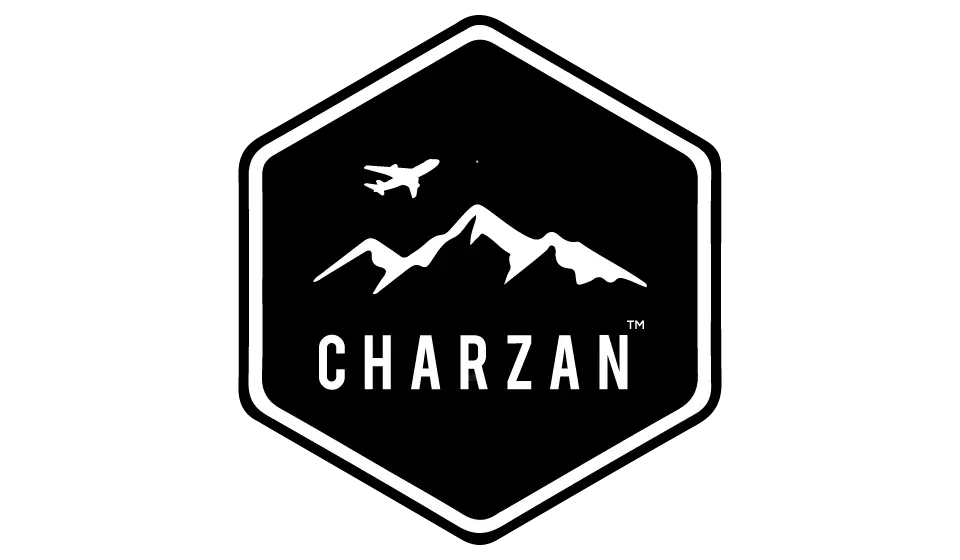


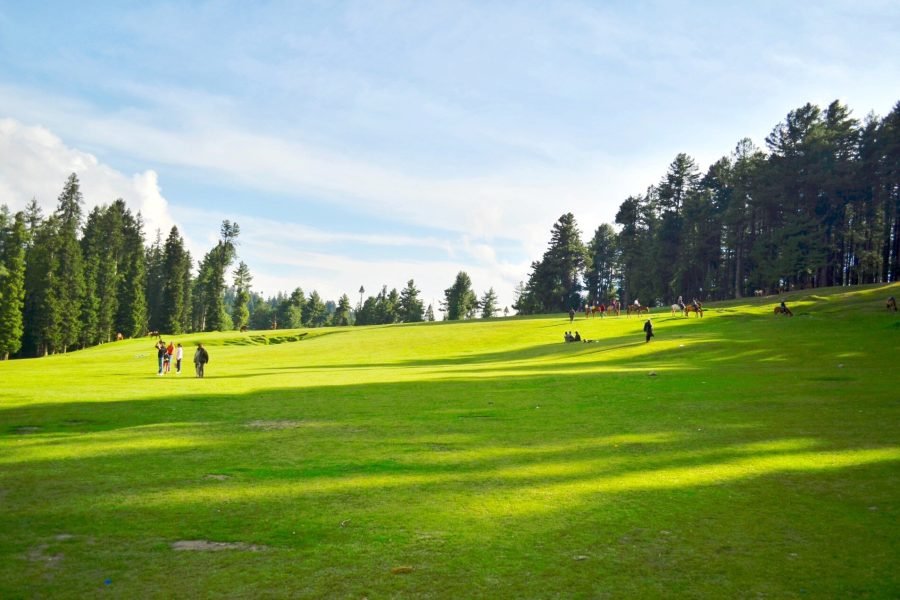
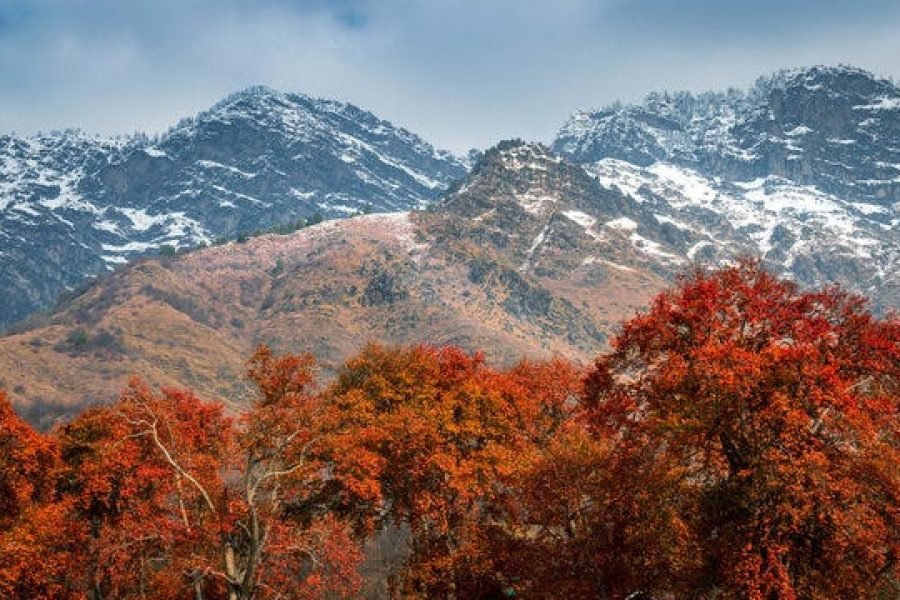

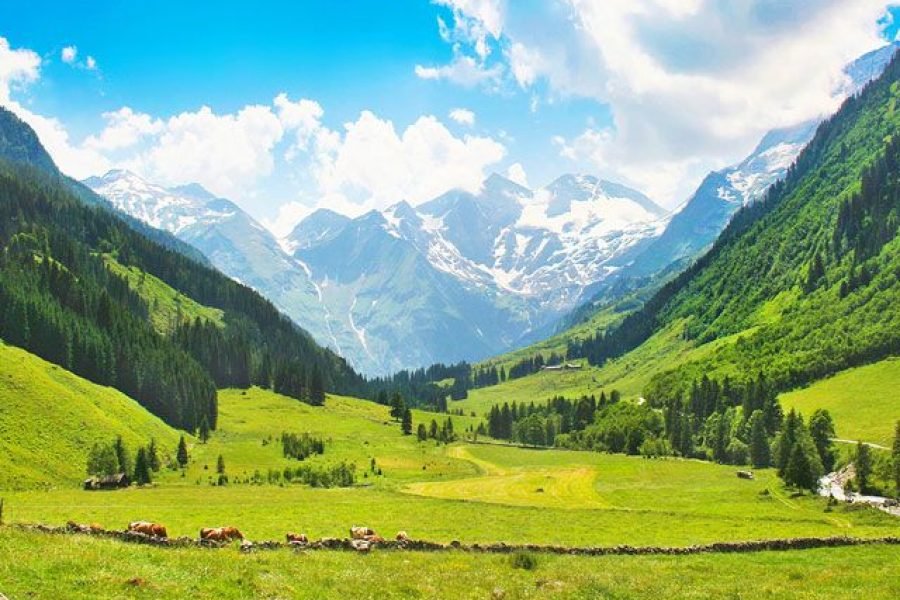
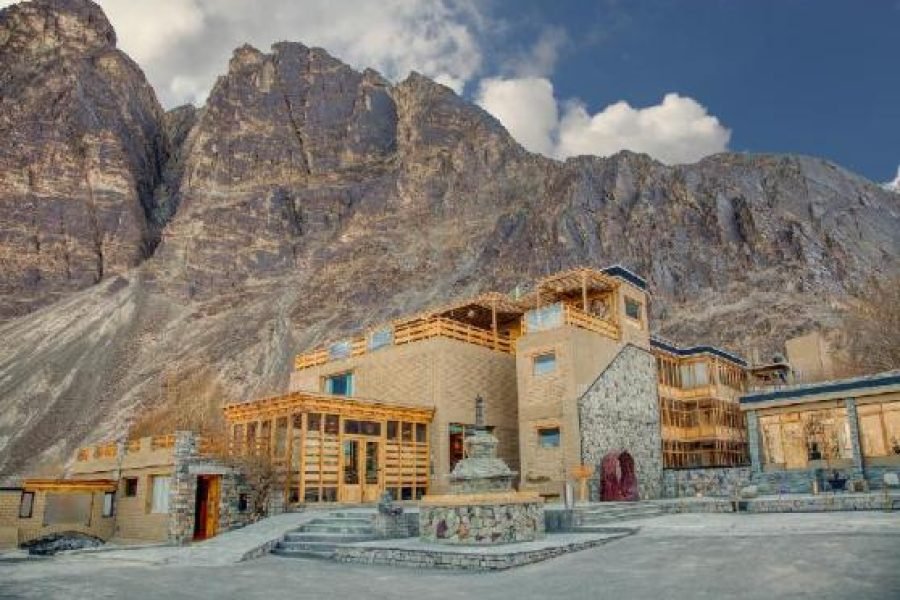

0 Comment